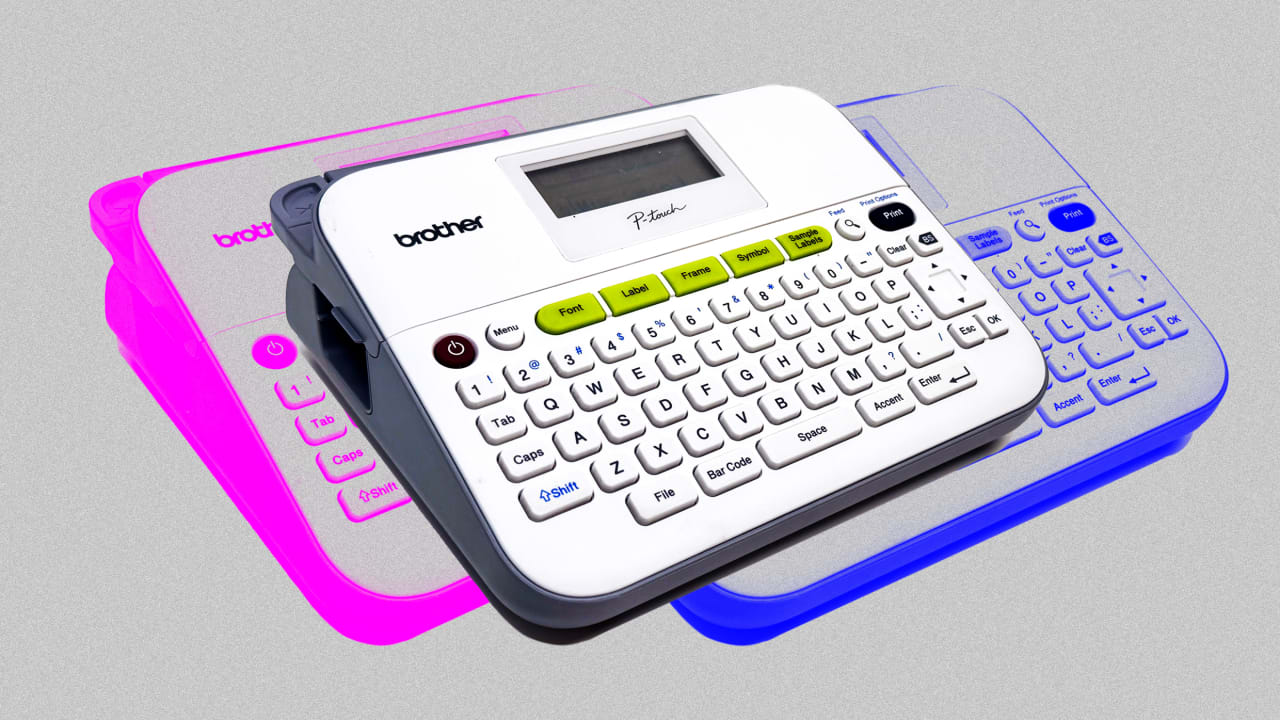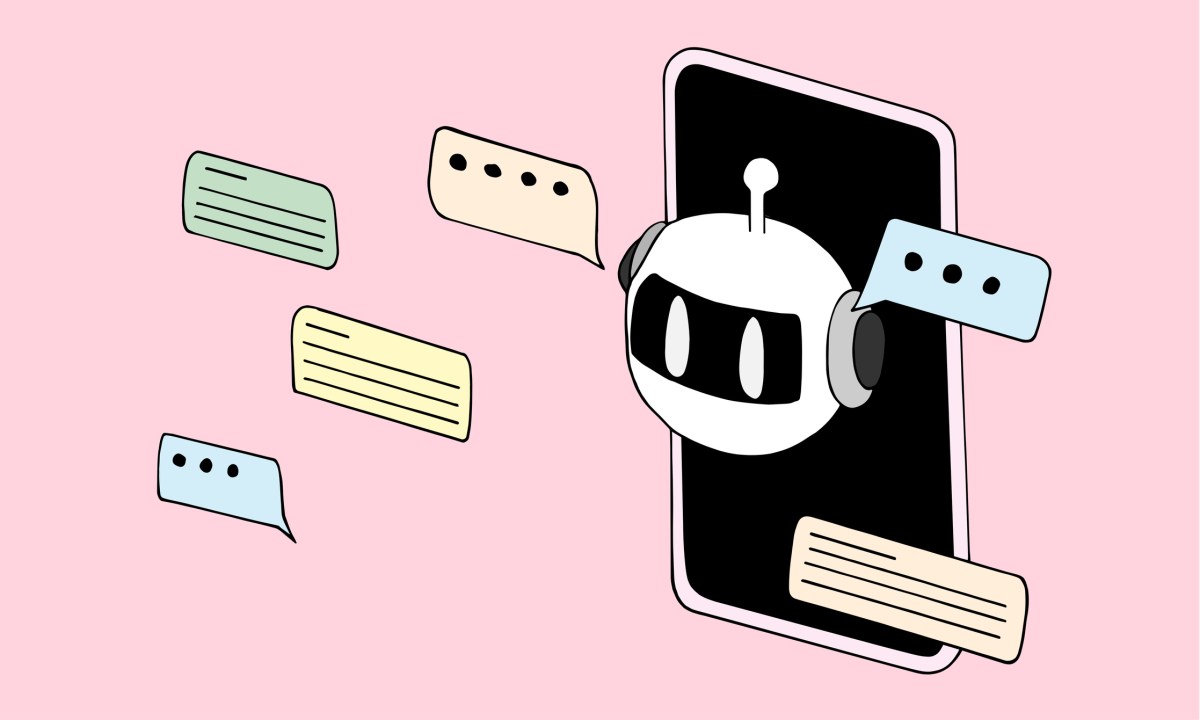The life-changing magic of a gadget that just works
“For $699 and $24 a month, this wearable computer promises to free you from your smartphone. There’s only one problem: It just doesn’t work.” So says David Pierce’s review of Humane’s Ai Pin on The Verge. Other reviews of the hyper-ambitious new wearable gadget, which sports a voice-first interface and built-in laser projector, are equally brutal. They conclude that it’s missing basic features. That the features it does have often don’t work. That it’s prone to overheating—not exactly a selling point for a gizmo that affixes to your clothing magnetically, with a battery touching unprotected skin. To say the Ai Pin “just doesn’t work” is to say it fails to live up to the iconic compliment that Steve Jobs was fond of bestowing on any new Apple product: “It just works.” But let’s get real. Virtually every high-profile consumer tech device is prone to bouts of, well, just not working. Given that they’re among the most technologically complex creations ever devised by humankind, it’s a wonder they work at all. (Have I mentioned that my iPad periodically freezes up in a manner I can only overcome with about five minutes of random button pushes?) I do, however, own a device that does just work, full stop. It’s my Brother P-touch label maker—model PT-D400, to be exact. The spiritual descendant of those old-school Dymo label makers that make you squeeze letters one by one onto pressure-sensitive tape, the P-touch uses thermal technology to quickly render crisp text on durable labels that are available in a variety of sizes and styles. I’ve used it to help wrangle my e-bike’s batteries, a bevy of Blink security cameras, bags stuffed with cables, envelopes of vintage family photos, and more. If you want to get fancy, you can tweak the fonts, insert emoji-like special characters, and even print barcodes. But the process of producing a label couldn’t get much simpler: Turn device on. Type label text. Push “Print” button twice. Press spring-loaded lever to chop off your freshly printed label. It would not be unreasonable to call the PT-D400 a small, specialized computer. It has a display—a dinky, blocky, monochrome one that isn’t backlit—and a QWERTY keyboard. There must be chips and storage in there. Still, it’s a type of device we don’t see much anymore: a “unitasker,” content with performing a single job. It isn’t smart, or connected, or anything else that would require internet access via Bluetooth, Wi-Fi, or USB. The P-touch technology dates to the 1980s, and the PT-D400, with its rudimentary, MS-DOS-esque user interface, doesn’t feel far removed from that era. There are obvious advantages to a device being this minimalistic. For one thing, it appears to run forever on six AA batteries, which I don’t remember ever having replaced. But it’s bigger than that. Judging the bottom-line utility of other tech I own usually involves sober assessment of the ways it complicates my life: the troubleshooting of weird glitches, the need to apply security patches, the potential for privacy violations, the general mental overhead. In worst-case scenarios, I may feel like I’m being held hostage by my own gear—like I did when Roku recently demanded that I agree to revised terms of service before I would be permitted to watch TV. With my P-touch, none of this is even possible, and that’s remarkably liberating. Since I bought the PT-D400 a few years ago, Brother has replaced it with a similar model, the PT-D410. It’s one of an array of variations on the P-touch technology, from bargain-basement versions to pricey, fancy ones aimed at hard-core users. Some look way more like they were designed in this century than my PT-D400, including Wirecutter’s favorite label maker, the P-touch Cube Plus. In fact, that one ditches the keyboard and screen in favor of Bluetooth and USB connectivity; you do your label-creating on a smartphone or in a PC app. Over on Amazon, most customer comments on the Cube Plus are enthusiastic. But the one- and two-star reviews remind me why I cherish my dumb, disconnected P-touch—and won’t be shocked if I’m still happily using it a couple of decades from now, long after every other piece of electronics I currently own has become hopelessly archaic. “Idk why but the device doesn’t connect automatically to the app,” reads one of the Amazon pans. “So it’s [a] multi-step process—turn the printer on, go to Bluetooth, find the device, manually connect, open the app—then it’s ready to print.” Fun! Arthur C. Clarke’s third law—“Any sufficiently advanced technology is indistinguishable from magic”—has long been a rallying cry for the entire gadget industry. By that measure, very few of the products in our lives are sufficiently advanced. And we shouldn’t lose track of the magic that’s possible when a company avoids advanced technology rather than embracing too much of it all at once. You’ve been reading Plugged In, Fast Company’s weekly tech newsletter from me, global technology editor Harry McCracken. If a friend

“For $699 and $24 a month, this wearable computer promises to free you from your smartphone. There’s only one problem: It just doesn’t work.”
So says David Pierce’s review of Humane’s Ai Pin on The Verge. Other reviews of the hyper-ambitious new wearable gadget, which sports a voice-first interface and built-in laser projector, are equally brutal. They conclude that it’s missing basic features. That the features it does have often don’t work. That it’s prone to overheating—not exactly a selling point for a gizmo that affixes to your clothing magnetically, with a battery touching unprotected skin.
To say the Ai Pin “just doesn’t work” is to say it fails to live up to the iconic compliment that Steve Jobs was fond of bestowing on any new Apple product: “It just works.” But let’s get real. Virtually every high-profile consumer tech device is prone to bouts of, well, just not working. Given that they’re among the most technologically complex creations ever devised by humankind, it’s a wonder they work at all. (Have I mentioned that my iPad periodically freezes up in a manner I can only overcome with about five minutes of random button pushes?)
I do, however, own a device that does just work, full stop. It’s my Brother P-touch label maker—model PT-D400, to be exact. The spiritual descendant of those old-school Dymo label makers that make you squeeze letters one by one onto pressure-sensitive tape, the P-touch uses thermal technology to quickly render crisp text on durable labels that are available in a variety of sizes and styles. I’ve used it to help wrangle my e-bike’s batteries, a bevy of Blink security cameras, bags stuffed with cables, envelopes of vintage family photos, and more.
If you want to get fancy, you can tweak the fonts, insert emoji-like special characters, and even print barcodes. But the process of producing a label couldn’t get much simpler:
- Turn device on.
- Type label text.
- Push “Print” button twice.
- Press spring-loaded lever to chop off your freshly printed label.
It would not be unreasonable to call the PT-D400 a small, specialized computer. It has a display—a dinky, blocky, monochrome one that isn’t backlit—and a QWERTY keyboard. There must be chips and storage in there. Still, it’s a type of device we don’t see much anymore: a “unitasker,” content with performing a single job. It isn’t smart, or connected, or anything else that would require internet access via Bluetooth, Wi-Fi, or USB. The P-touch technology dates to the 1980s, and the PT-D400, with its rudimentary, MS-DOS-esque user interface, doesn’t feel far removed from that era.
There are obvious advantages to a device being this minimalistic. For one thing, it appears to run forever on six AA batteries, which I don’t remember ever having replaced. But it’s bigger than that. Judging the bottom-line utility of other tech I own usually involves sober assessment of the ways it complicates my life: the troubleshooting of weird glitches, the need to apply security patches, the potential for privacy violations, the general mental overhead. In worst-case scenarios, I may feel like I’m being held hostage by my own gear—like I did when Roku recently demanded that I agree to revised terms of service before I would be permitted to watch TV. With my P-touch, none of this is even possible, and that’s remarkably liberating.
Since I bought the PT-D400 a few years ago, Brother has replaced it with a similar model, the PT-D410. It’s one of an array of variations on the P-touch technology, from bargain-basement versions to pricey, fancy ones aimed at hard-core users. Some look way more like they were designed in this century than my PT-D400, including Wirecutter’s favorite label maker, the P-touch Cube Plus. In fact, that one ditches the keyboard and screen in favor of Bluetooth and USB connectivity; you do your label-creating on a smartphone or in a PC app.
Over on Amazon, most customer comments on the Cube Plus are enthusiastic. But the one- and two-star reviews remind me why I cherish my dumb, disconnected P-touch—and won’t be shocked if I’m still happily using it a couple of decades from now, long after every other piece of electronics I currently own has become hopelessly archaic.
“Idk why but the device doesn’t connect automatically to the app,” reads one of the Amazon pans. “So it’s [a] multi-step process—turn the printer on, go to Bluetooth, find the device, manually connect, open the app—then it’s ready to print.” Fun!
Arthur C. Clarke’s third law—“Any sufficiently advanced technology is indistinguishable from magic”—has long been a rallying cry for the entire gadget industry. By that measure, very few of the products in our lives are sufficiently advanced. And we shouldn’t lose track of the magic that’s possible when a company avoids advanced technology rather than embracing too much of it all at once.
You’ve been reading Plugged In, Fast Company’s weekly tech newsletter from me, global technology editor Harry McCracken. If a friend or colleague forwarded this edition to you—or you’re reading it on FastCompany.com—you can check out previous issues and sign up to get it yourself every Wednesday morning. I love hearing from you: Ping me at hmccracken@fastcompany.com with your feedback and ideas for future newsletters.






















